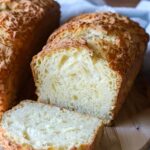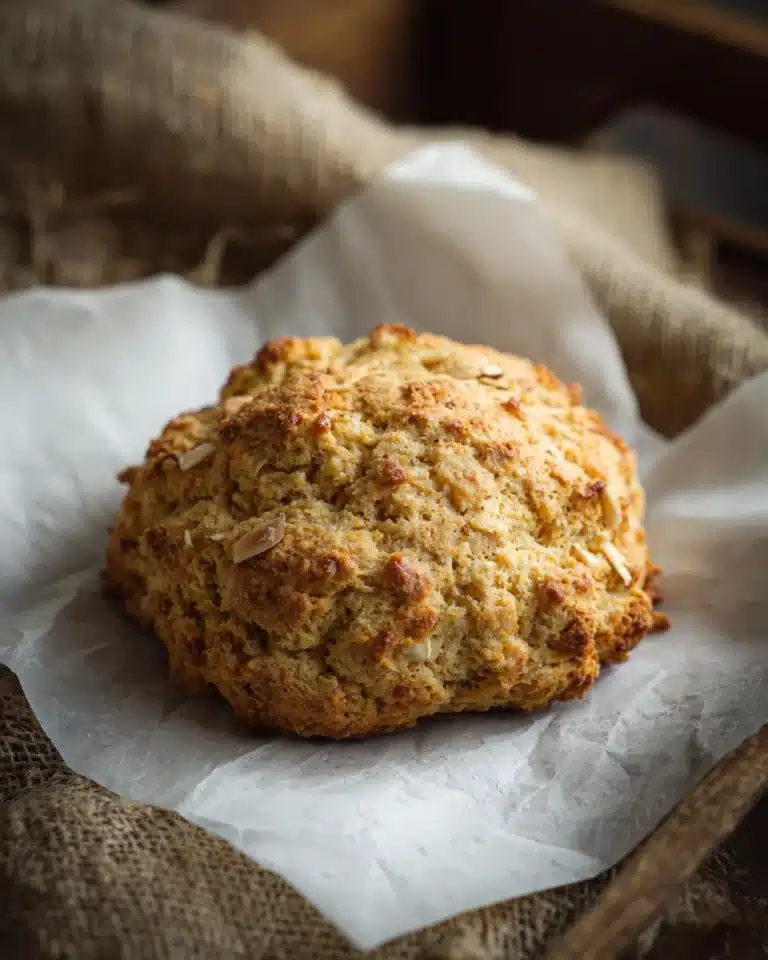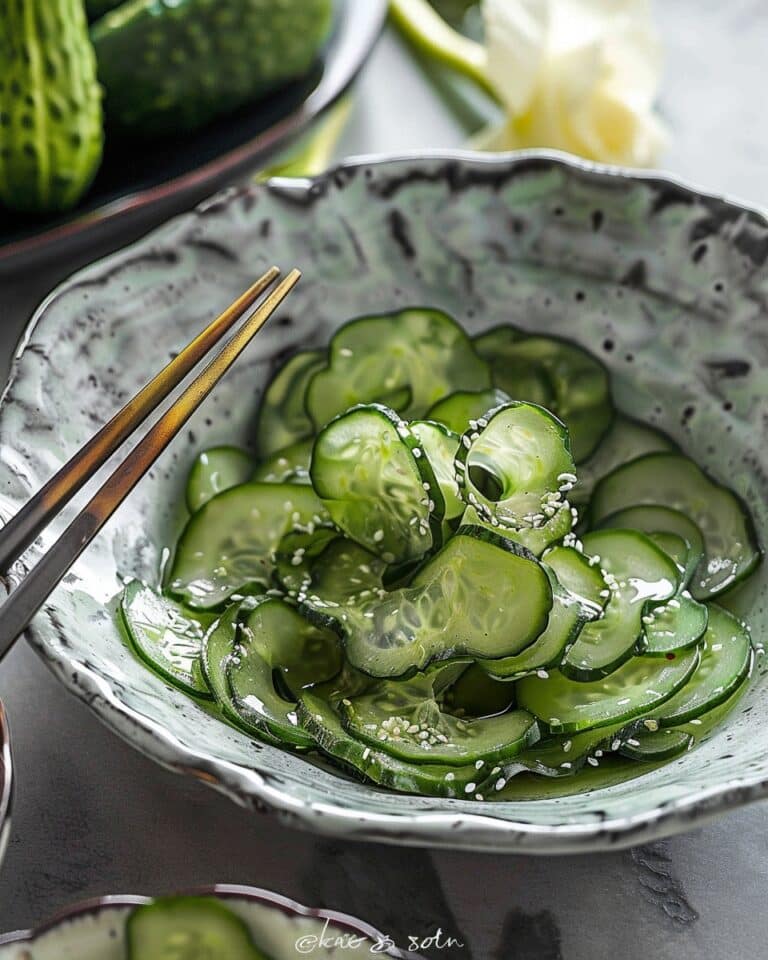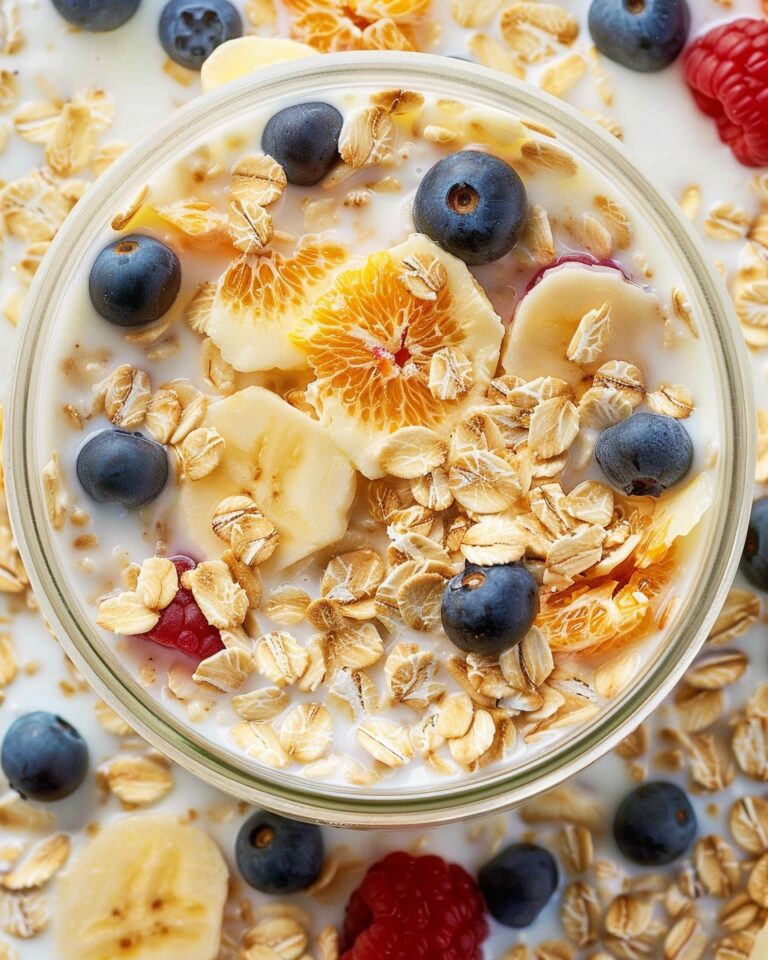Why You’ll Love This Recipe
This gluten-free German potato bread is a fantastic choice for anyone who misses the texture and flavor of traditional bread but needs to avoid gluten. The mashed russet potatoes add a subtle flavor and moisture, while the combination of gluten-free flour and tapioca starch gives the bread a soft yet hearty texture. It has the perfect balance of fluffiness and chewiness, and the dark crust adds a beautiful touch. Best of all, it’s surprisingly easy to make and ideal for all your bread needs!
Ingredients
-
1 medium russet potato, peeled and cubed (should make 3/4 cup mashed)
-
2 large eggs
-
2 Tbsp. extra virgin olive oil
-
1 Tbsp. apple cider vinegar
-
2 tsp. sweetener of choice
-
2 cups (296 g) gluten-free measure for measure flour blend
-
3/4 cup (90 g) tapioca starch or corn starch
-
1 Tbsp. GF baking powder
-
1 packet (2 1/4 tsp.) GF Yeast Rapid Rise Active
-
1 3/4 tsp. sea salt
(Tip: You’ll find the full list of ingredients and measurements in the recipe card below.)
Directions
-
Line a bread loaf pan with parchment paper.
-
Cook the potatoes in 2 cups of unsalted water until tender. Once tender, drain the potatoes and save the potato water. Mash the potatoes until smooth and cool them.
-
In a large bowl, using an electric mixer, mix 3/4 cup of cooled mashed potatoes with the eggs until smooth. Add olive oil, apple cider vinegar, sweetener, and while the mixer is running, slowly pour in 1 cup of warm potato water (about 85°F). Mix until smooth.
-
In a separate bowl, whisk together the gluten-free flour, starch, baking powder, yeast, and salt.
-
Gradually add the dry ingredients to the wet mixture and mix with a spatula until combined. The dough should be very sticky. If it’s too firm, add more potato water as needed.
-
Transfer the dough to the prepared loaf pan and shape the top of the dough to form a rounded top. For a smooth crust, wet your hands with water and smooth the top; otherwise, keep it rustic.
-
Cover the pan with a damp cloth and place it in a warm oven (80°F) to rise for 90 minutes. To create the warm environment, preheat the oven to 350°F for 5 minutes, then turn it off.
-
Once the dough has risen to about 1 1/2 times its size, remove the pan from the oven.
-
Place a small pan with water on the lower rack of the oven and preheat the oven to 400°F.
-
Score the top of the loaf and bake for 60-70 minutes, until a dark brown crust forms.
-
Remove from the oven and let it cool on a wire rack.
Servings and Timing
-
Servings: 10-12 slices
-
Preparation time: 20 minutes
-
Cooking time: 60-70 minutes
-
Rising time: 90 minutes
-
Total time: 2 hours 30 minutes
Variations
-
Add herbs: You can add rosemary or thyme to the dough for a herby twist.
-
Cheese: Incorporate some grated cheese into the dough for a cheesy version of the bread.
-
Sweet option: For a slightly sweeter bread, use a natural sweetener like honey or maple syrup and reduce the salt.
-
Garlic: Add garlic powder or roasted garlic to the dough for a savory flavor.
Storage/Reheating
-
Storage: This gluten-free bread is best stored in an airtight container at room temperature for up to 3 days.
-
Freezing: You can freeze the bread for up to 1 month. Slice it before freezing for easy thawing and toasting.
-
Reheating: To reheat, place slices in a toaster or oven at 350°F for 5-10 minutes until warmed through.
FAQs
1. Can I make this bread with regular flour instead of gluten-free flour?
No, this recipe is specifically designed for gluten-free flour. Regular flour will change the texture and rise of the bread.
2. Can I use a different type of potato?
While russet potatoes work best for this recipe, you can substitute with other starchy potatoes like Yukon Gold. Keep in mind the texture might vary slightly.
3. What is potato water and why do I need it?
Potato water is the water left after boiling potatoes. It adds moisture and helps activate the yeast, giving the bread a soft, airy texture.
4. Can I use a bread machine to make this?
A bread machine isn’t ideal for this recipe because of the sticky dough. It’s best made by hand or with a stand mixer.
5. How do I know if my yeast is active?
Make sure your yeast is fresh and active. If it doesn’t foam up when mixed with warm potato water, it may be expired or too old.
6. Can I use a different sweetener?
Yes, you can use your preferred sweetener, such as honey, agave, or stevia. Adjust the quantity based on the sweetness of your chosen sweetener.
7. How can I make the crust more or less crunchy?
For a softer crust, cover the loaf with foil during baking. For a crunchier crust, leave it uncovered while baking.
8. Can I make this bread in a different pan?
Yes, you can use a different bread pan size, but be mindful of the baking time. Adjust as needed based on the pan’s size.
9. Can I add seeds or nuts to the dough?
Yes, feel free to add seeds, nuts, or dried herbs to the dough for extra flavor and texture.
10. Can I double this recipe?
Yes, you can double the ingredients to make two loaves, but you will need to increase the baking time slightly.
Conclusion
This gluten-free German potato bread is a wonderful option for those who want to enjoy homemade bread without the gluten. Its soft, moist texture and hearty crust make it a versatile choice for sandwiches, toasts, or simply enjoying with a pat of butter. Give this recipe a try, and enjoy the comforting taste of fresh bread—without any of the gluten!
Gluten Free German Potato Bread Recipe
5 Stars 4 Stars 3 Stars 2 Stars 1 Star
No reviews
This gluten-free German potato bread is a soft, rustic loaf with a dark, golden-brown crust. Made with mashed russet potatoes, gluten-free flour blend, and a touch of sweetener, it offers a moist texture that’s perfect for sandwiches, toast, or just enjoying with butter.
- Author: Paula
- Prep Time: 20 minutes
- Cook Time: 60-70 minutes
- Total Time: 2 hours 30 minutes
- Yield: 10-12 slices
- Category: Bread
- Method: Baking
- Cuisine: German
- Diet: Gluten Free
Ingredients
1 medium russet potato, peeled and cubed (should make 3/4 cup mashed)
2 large eggs
2 Tbsp. extra virgin olive oil
1 Tbsp. apple cider vinegar
2 tsp. sweetener of choice
2 cups (296 g) gluten-free measure for measure flour blend
3/4 cup (90 g) tapioca starch or corn starch
1 Tbsp. GF baking powder
1 packet (2 1/4 tsp.) GF Yeast Rapid Rise Active
1 3/4 tsp. sea salt
Instructions
- Line a bread loaf pan with parchment paper.
- Cook the potatoes in 2 cups of unsalted water until tender. Once tender, drain the potatoes and save the potato water. Mash the potatoes until smooth and cool them.
- In a large bowl, using an electric mixer, mix 3/4 cup of cooled mashed potatoes with the eggs until smooth. Add olive oil, apple cider vinegar, sweetener, and while the mixer is running, slowly pour in 1 cup of warm potato water (about 85°F). Mix until smooth.
- In a separate bowl, whisk together the gluten-free flour, starch, baking powder, yeast, and salt.
- Gradually add the dry ingredients to the wet mixture and mix with a spatula until combined. The dough should be very sticky. If it’s too firm, add more potato water as needed.
- Transfer the dough to the prepared loaf pan and shape the top of the dough to form a rounded top. For a smooth crust, wet your hands with water and smooth the top; otherwise, keep it rustic.
- Cover the pan with a damp cloth and place it in a warm oven (80°F) to rise for 90 minutes. To create the warm environment, preheat the oven to 350°F for 5 minutes, then turn it off.
- Once the dough has risen to about 1 1/2 times its size, remove the pan from the oven.
- Place a small pan with water on the lower rack of the oven and preheat the oven to 400°F.
- Score the top of the loaf and bake for 60-70 minutes, until a dark brown crust forms.
- Remove from the oven and let it cool on a wire rack.
Notes
- Storage: This gluten-free bread is best stored in an airtight container at room temperature for up to 3 days.
- Freezing: You can freeze the bread for up to 1 month. Slice it before freezing for easy thawing and toasting.
- Reheating: To reheat, place slices in a toaster or oven at 350°F for 5-10 minutes until warmed through.
- Variations: Add herbs, cheese, garlic, or sweetener variations to suit your taste.
Nutrition
- Serving Size: 1 slice
- Calories: 150
- Sugar: 1g
- Sodium: 230mg
- Fat: 6g
- Saturated Fat: 1g
- Unsaturated Fat: 5g
- Trans Fat: 0g
- Carbohydrates: 22g
- Fiber: 2g
- Protein: 3g
- Cholesterol: 35mg









